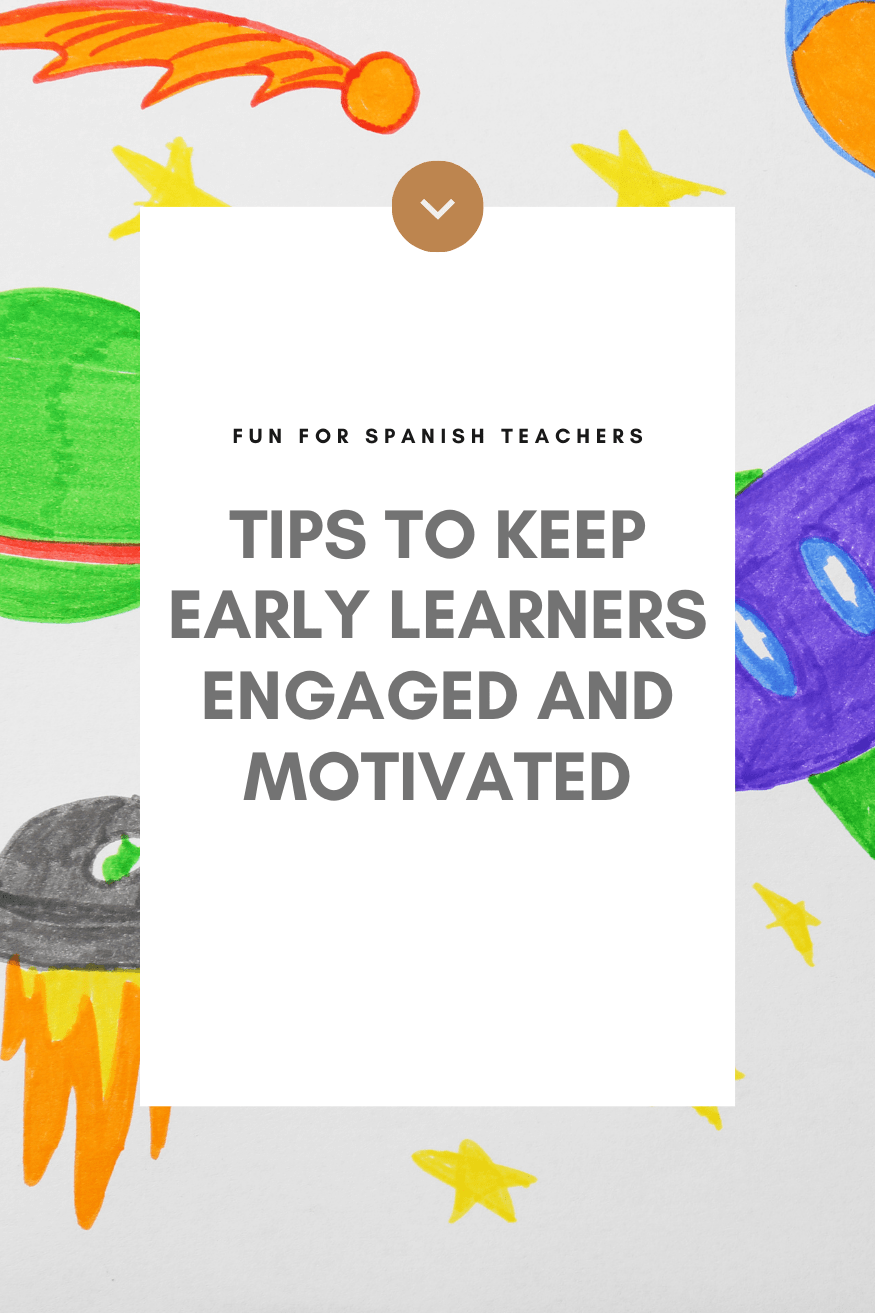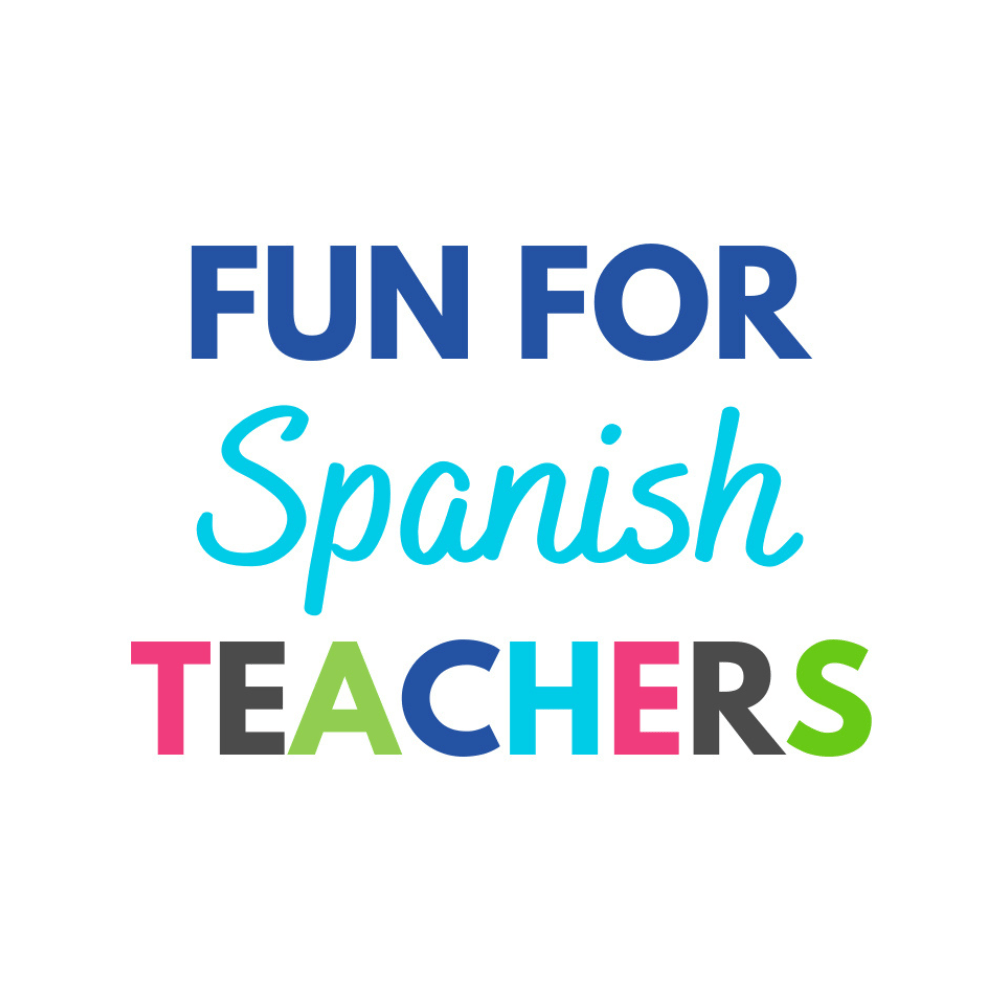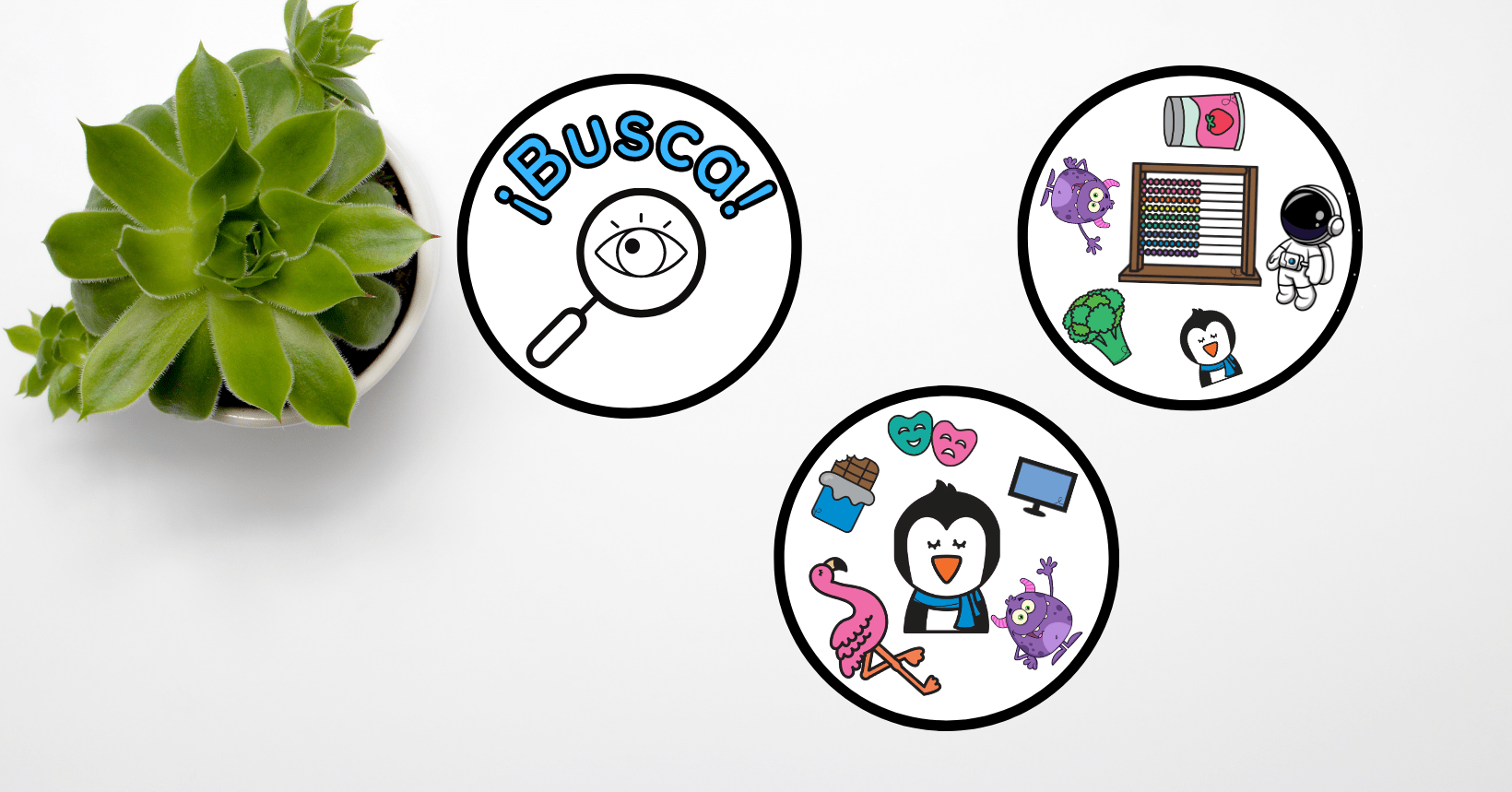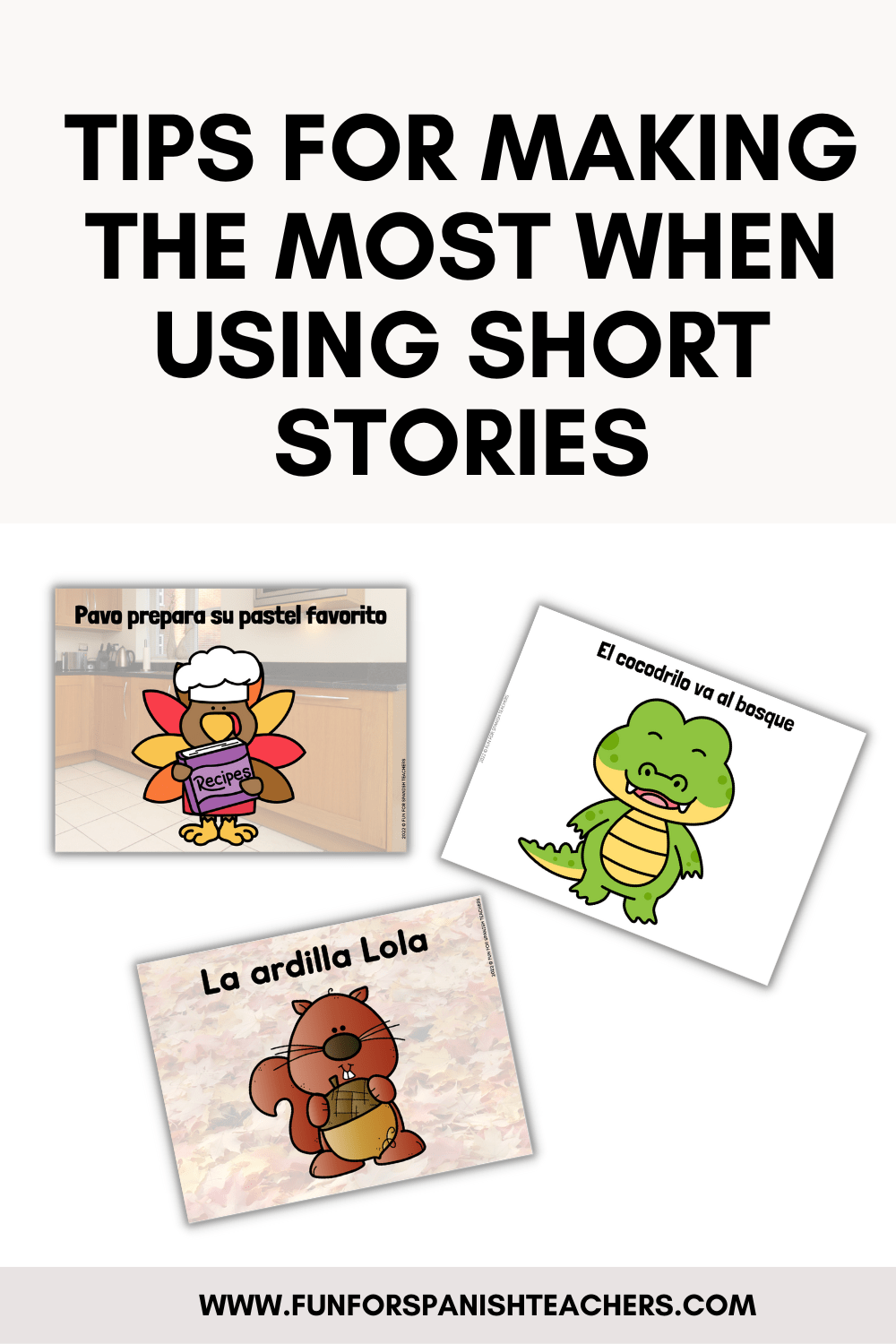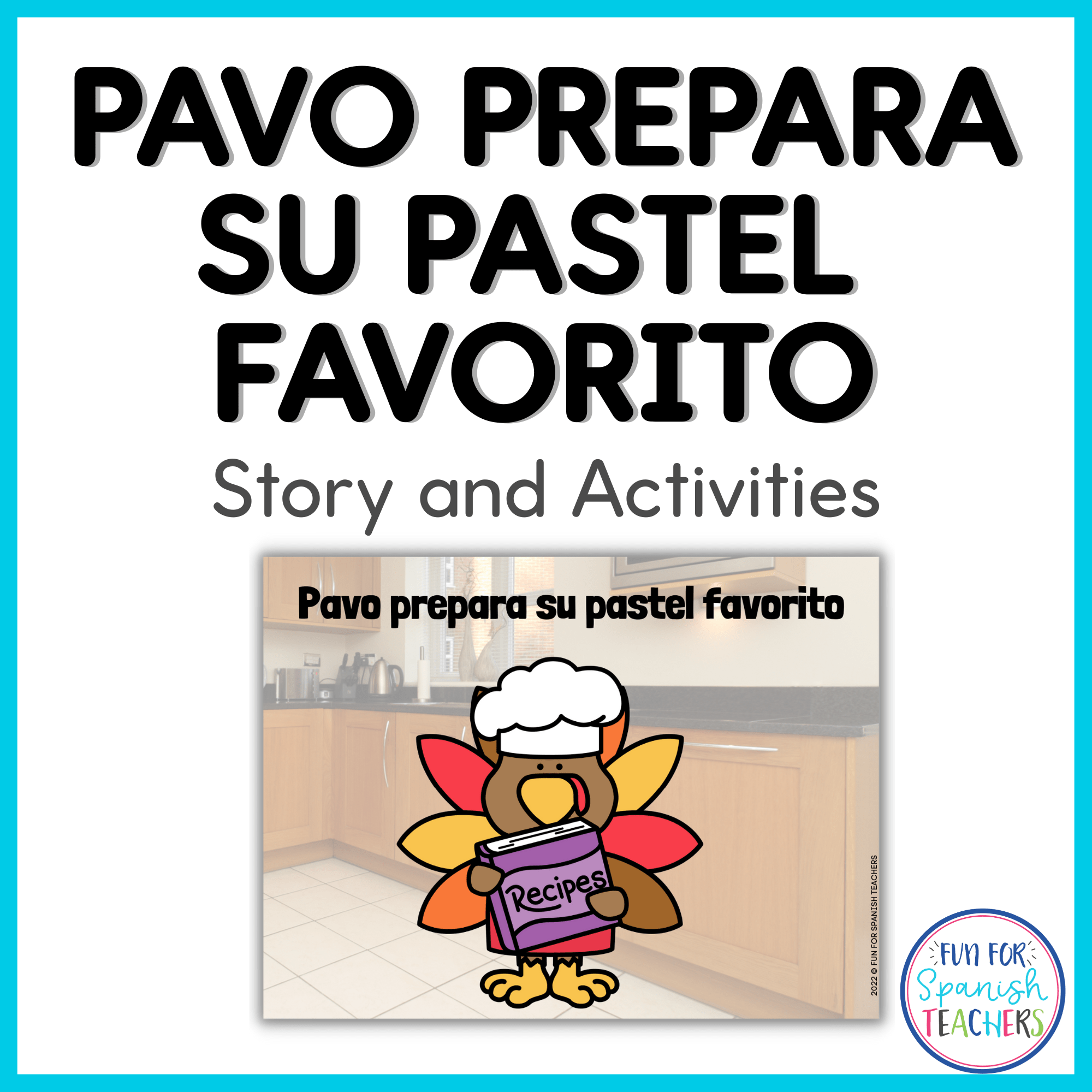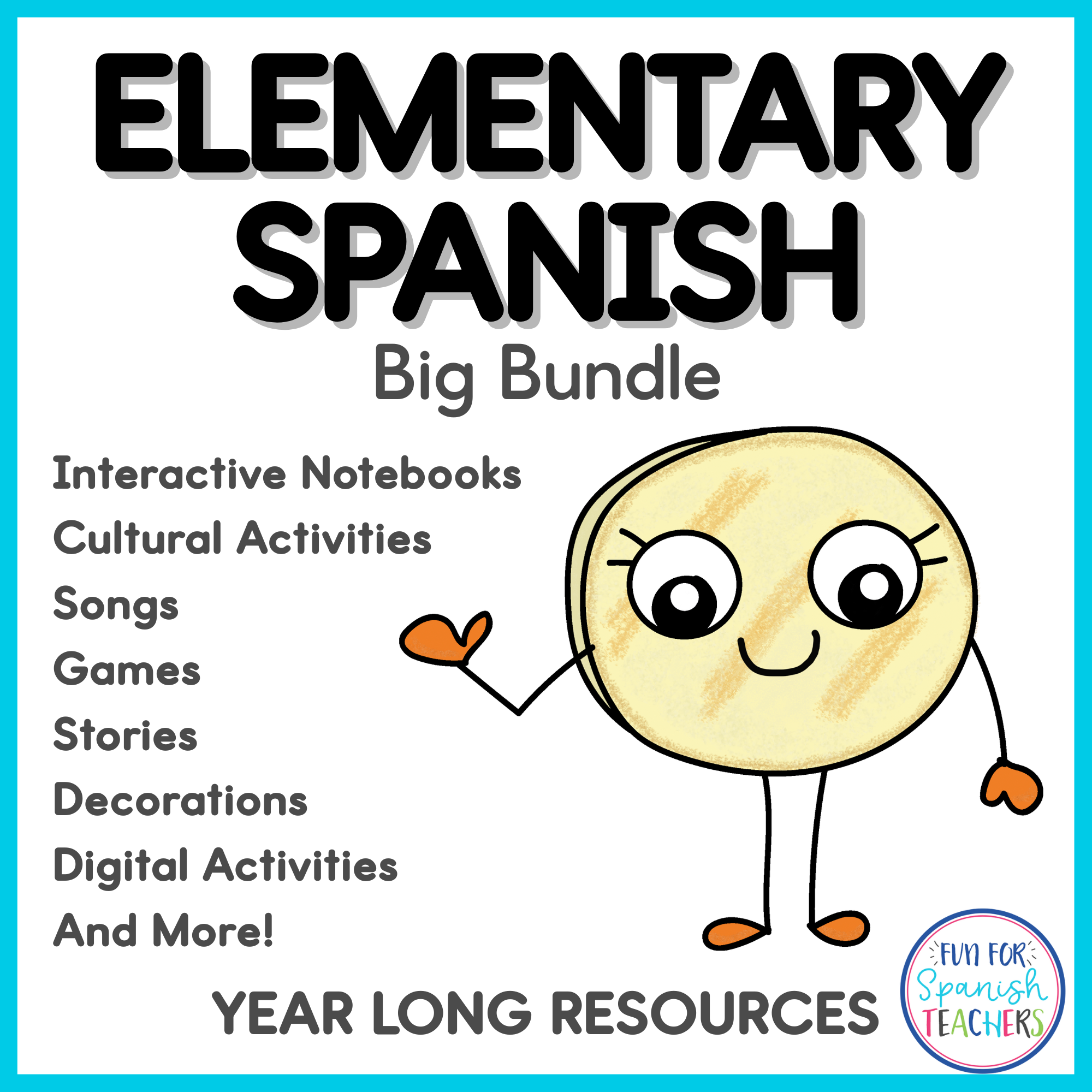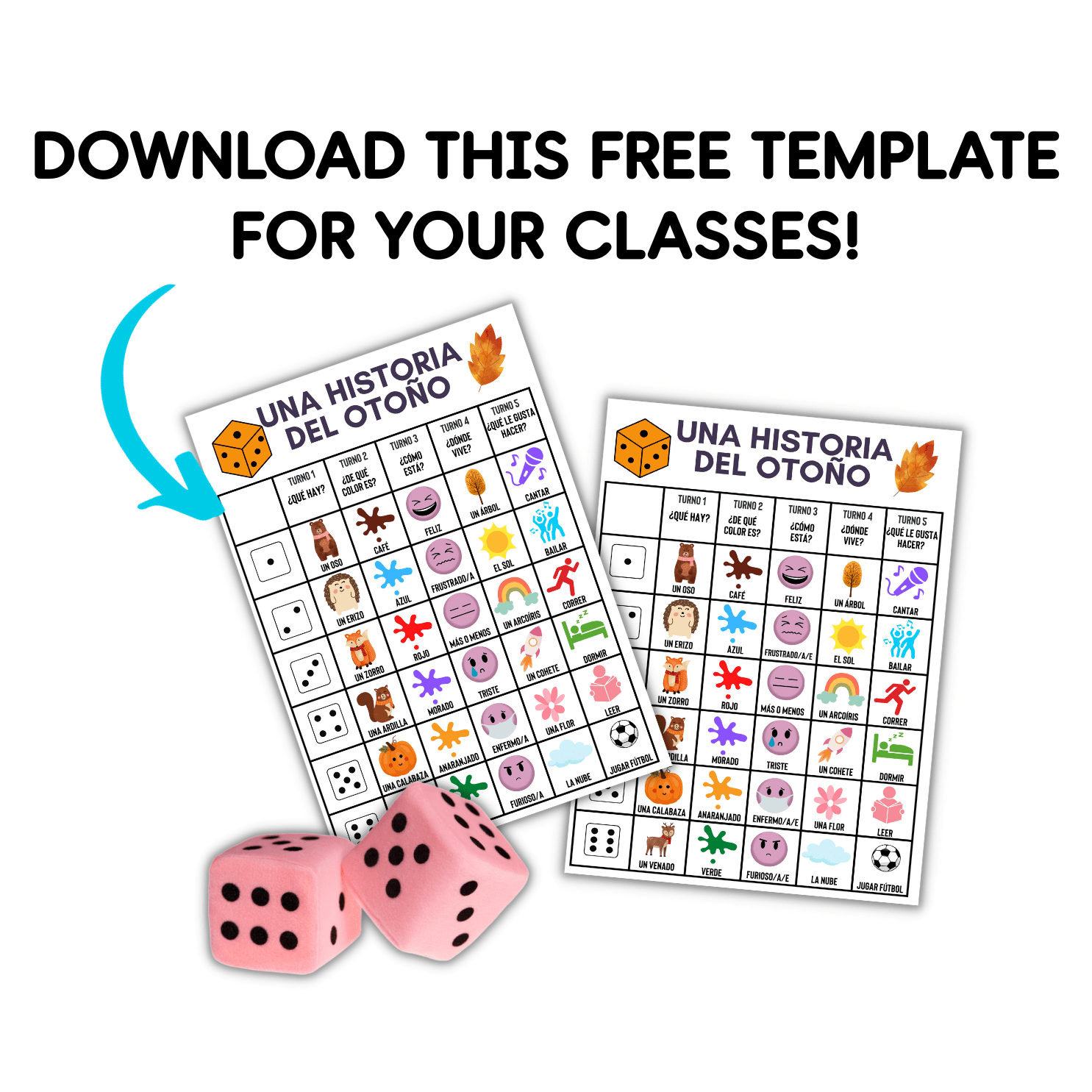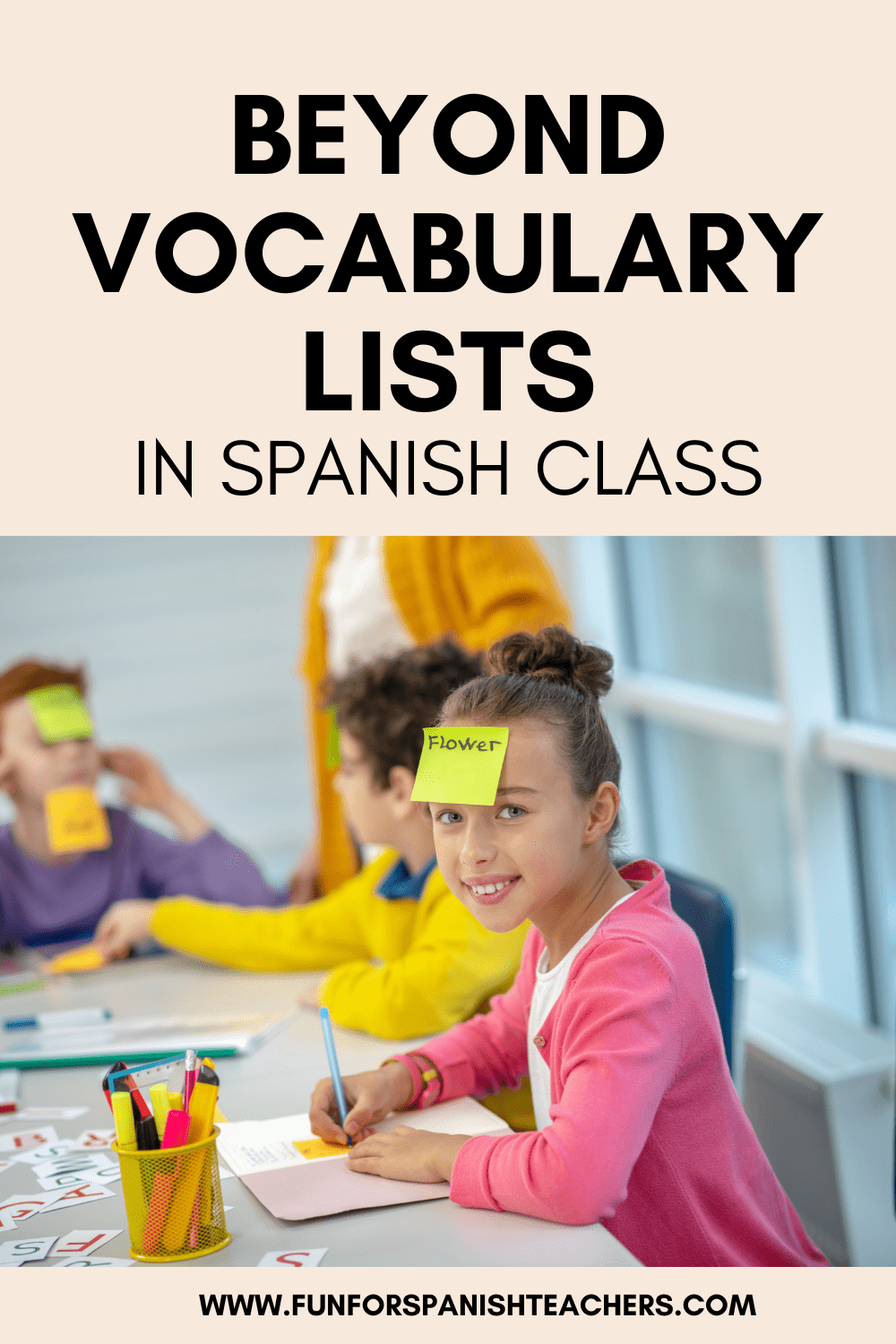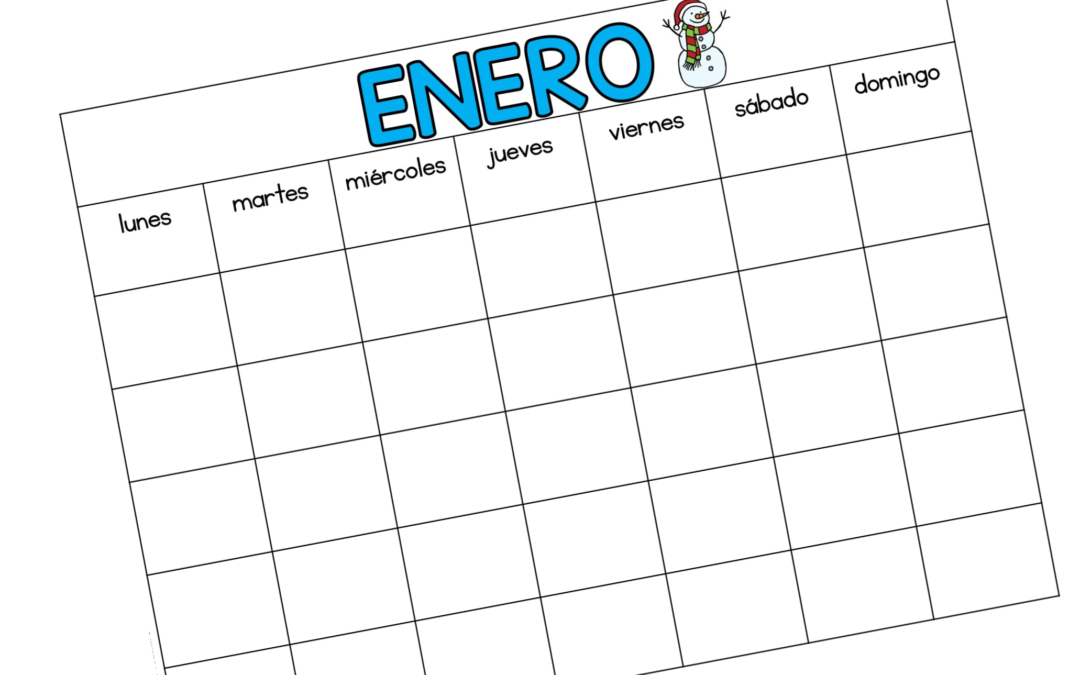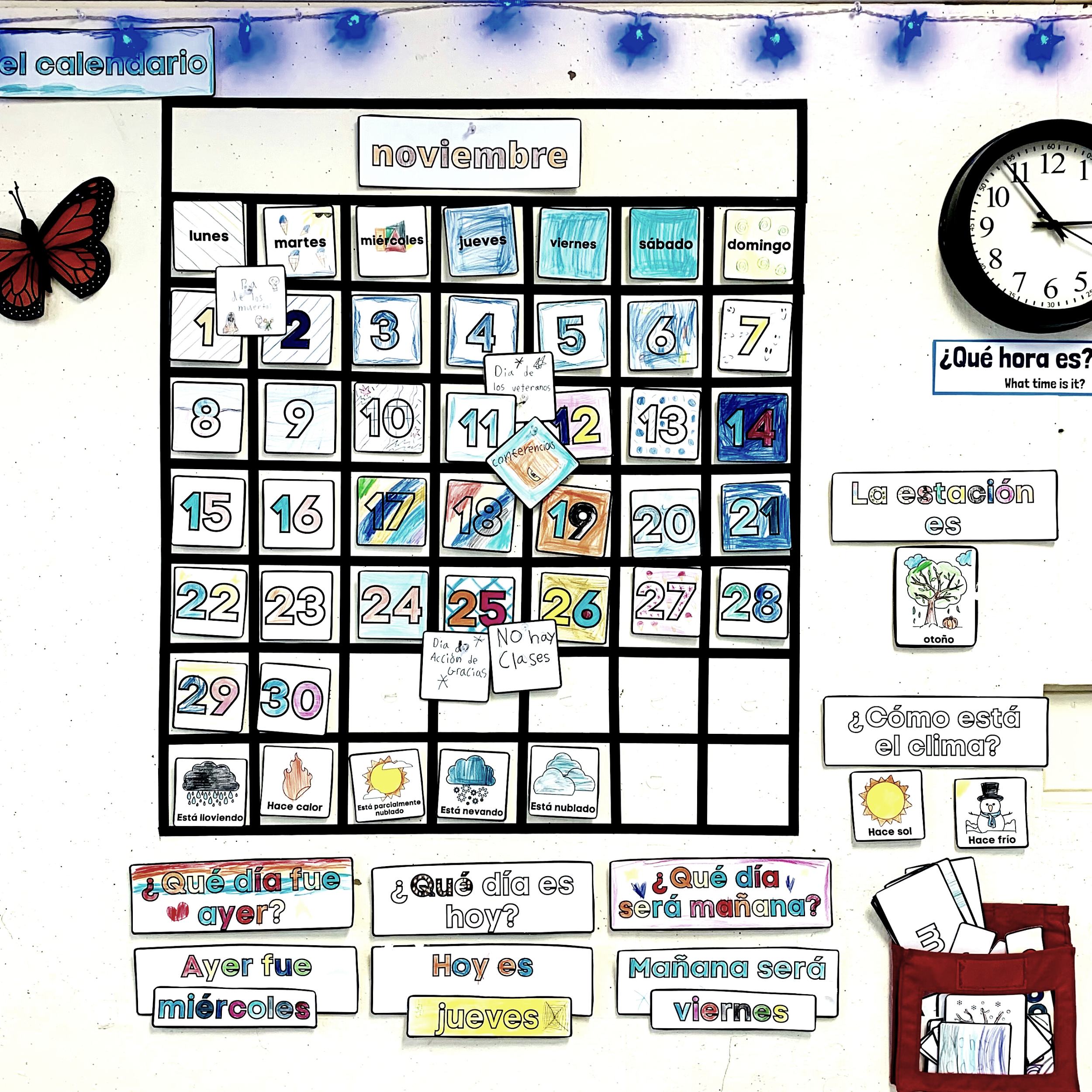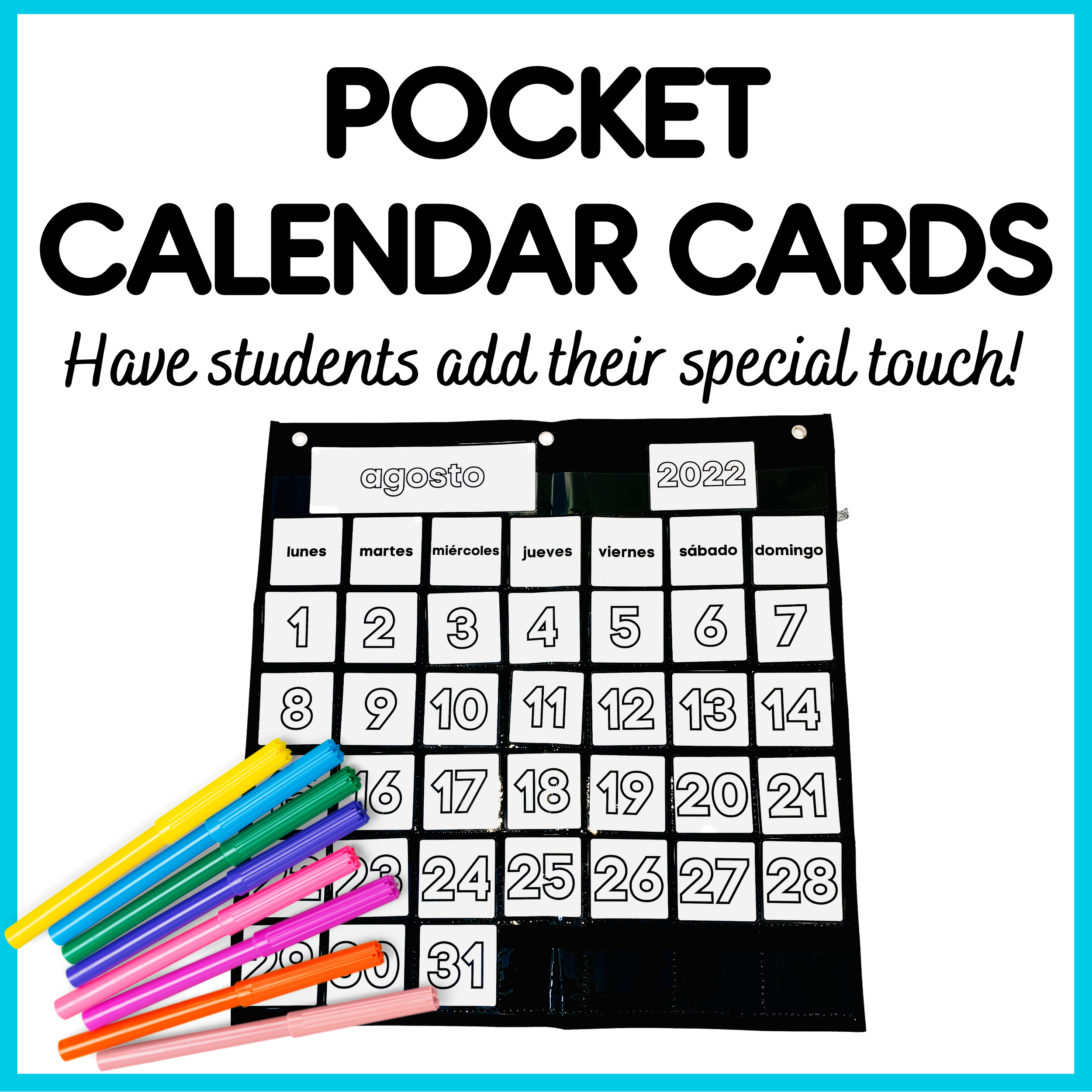
KEEPING EARLY LANGUAGE LEARNERS MOTIVATED
As an elementary Spanish teacher with limited class time, finding ways to keep students engaged and motivated is key so we can get the most out of our time together, and as a teacher, I’m able to support and facilitate their language acquisition journey better.
Here are some useful tips to keep your students’ motivation going:
Understand the age group you are teaching
I highly recommend the “Yardsticks” book by Responsive Classroom, which outlines developmental traits and interests of children according to their age.
Understand the proficiency level of your students
This will help you develop goals that support their acquisition journey. Visit the ACTFL website to download the updated Proficiency Guidelines.
Make sure that your activities support the different modes of communication
Remember that students acquire language at different paces and that in one class you might have students who are at different proficiency levels. Including activities with different communication modes ( Interpersonal, Interpretative and Presentational) will reach out to different students.
Connect with your students
Building a strong teacher-student bond should extend beyond the initial weeks of the school year. Continuously engage with your students by learning about their interests, hobbies, and family celebrations, and incorporate these aspects into your lessons. Bring topics that are relevant to their age group too!
Use Comprehensible Input
Students need to be able to understand the language, but also the language have to be challenging to support and help students move beyond their current proficiency level. Not only comprehensible input but also compelling! Making sure that the input is interesting for the students. Visit Dr. Stephen Krashen’s website to read more about comprehensible input. You can also explore comprehensible input strategies and methods in this post.
Use Stories
Stories are super useful for teaching languages because they make learners feel things, give them real-life situations to learn from, show them how people actually talk, help them connect emotionally, and demonstrate different ways to use language. All of this makes learning easier and more comfortable. After listening to stories, students can act out scenes or pretend to be characters, which keeps them interested and involved.
Use Games
Bring games to your classes, especially non-competitive games .Explore options like memory games and bingo, which integrate vocabulary, phrases, or story sentences. These activities are easy to set up and can even be tailored to your students’ preferences. Movement-based games like Four Corners and A mí también add an extra layer of fun. Additionally, Total Physical Response (TPR) games such as Follow the Leader, Simon Says, and Charades are highly effective for language learning. Find different types of game in this blog!
Have fun!
Like this post? Pin it or save it for later!
